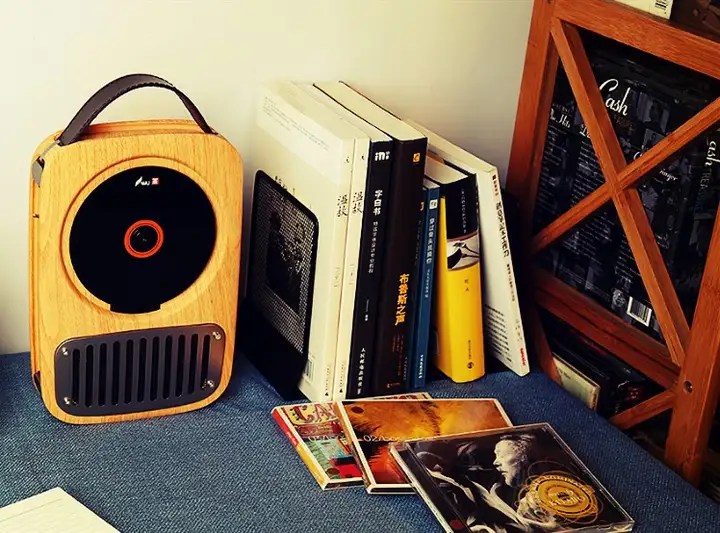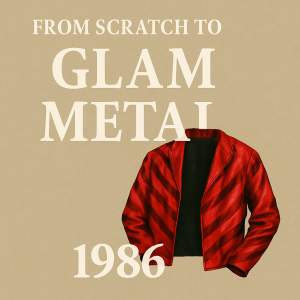Why Do People Still Listen to Music on CDs?
Despite the rise of digital streaming, a surprising number of people still choose to listen to music on CDs. This isn’t just about being old-fashioned—it reflects deeper emotional and behavioral patterns, and even a pursuit of sound quality. As musicians and learners, understanding this perspective can enrich how we approach musical interpretation, whether we’re studying classical sheet music, learning through piano online lessons, or practicing with easy sheet music.
1. Nostalgia and Emotional Connection
Nostalgia is perhaps the most accurate explanation for the enduring love of CDs. For many, CDs are tied to an era when music listening was intentional and emotional. Albums were not just soundtracks—they were emotional diaries. People listened again and again, forming deep bonds with every track. The ritual of placing a CD into a player, sitting down, and listening from beginning to end brought a kind of immersive experience that streaming often lacks.
When learning classical sheet music, cultivating this kind of intentional listening can dramatically enhance musical expression. Emotional connection is what breathes life into notes on a page, especially for students following piano online lessons at home.

2. Listening Habits and Focus
From the mid-1980s to late 1990s, music listening was approached with focus and patience. Devices were costly, and music was less accessible, so listeners cherished what they had. Sitting still and listening to an entire album wasn’t unusual—it was a shared cultural habit.
Today, however, music often serves as background noise. It’s used to fill silence or block out distractions, not necessarily to be appreciated. This is the difference between reading a thoughtfully written book and endlessly scrolling through headlines. One offers reflection and growth—the other, surface-level relief.
As music learners, this contrast reminds us of the value of slow, focused practice. Whether you’re working through easy sheet music or interpreting complex passages in classical sheet music, the attention you give to each phrase mirrors this deeper way of listening. And in piano online lessons, instructors often encourage mindful repetition to help students internalize the emotional arc of a piece.

3. Sound Quality and the Pursuit of Purity
CDs, though no longer the pinnacle of audio technology, still offer consistently high-quality sound. Unlike compressed digital files, CDs maintain a richness that appeals to audiophiles and musicians alike. For some, it’s less about nostalgia and more about audio fidelity—the subtle depth and clarity that enhances their listening experience.
For learners analyzing piano notes or interpreting intricate passages in classical sheet music, good sound quality can make a real difference. Being able to hear the subtle dynamics of a piano or the delicate phrasing of a string quartet allows for a deeper understanding of tone color and articulation—skills that are just as essential in piano online lessons as they are in live masterclasses.

4. Albums as Narrative Forms
There’s also the argument that CDs—and by extension, full albums—are structured storytelling tools. A well-sequenced album reflects the artist’s mindset during a specific period. It offers narrative flow, thematic coherence, and a sense of completeness.
This is much like learning an entire sonata or suite from a classical sheet music collection rather than just isolated movements. The educational process becomes richer when students explore the piece as a whole rather than in fragments. In piano online lessons, teachers often stress the value of learning context and transitions, not just notes.
5. The Ritual of Listening
There’s a certain ritual to listening on CDs: opening the case, reading the liner notes, carefully inserting the disc. This ritual encourages focus. It slows down the pace of consumption and increases appreciation. It’s similar to the feeling of opening a printed score of classical sheet music or flipping through pages of annotated piano notes.
Modern learners who rely heavily on screens and instant access often miss out on this tactile connection. Incorporating physical elements into music learning—be it printed easy sheet music or tangible practice logs—can help restore a more deliberate rhythm to study sessions.
In conclusion, people still listen to CDs because they value emotional connection, sound quality, focused attention, and the ritual of music appreciation. These principles align closely with the values upheld in studying classical sheet music and learning through piano online lessons. In a world dominated by speed and distraction, CDs serve as a reminder of what it means to truly listen—an idea that every pianist, beginner or advanced, can learn from.
FAQs
Q1: Is listening to CDs still useful for classical music students?
Absolutely. CDs often preserve rich, uncompressed recordings that allow students to hear every nuance—especially helpful when studying classical sheet music.
Q2: Can piano online lessons teach this kind of focused listening?
Yes, many online platforms now include listening assignments that guide students through full performances, teaching them to analyze and reflect deeply.
Q3: Where can I find CD-level audio paired with easy sheet music?
Some publishers offer beginner editions of famous works along with high-quality recordings. These are excellent tools for students using easy sheet music and following along with piano notes during practice.












